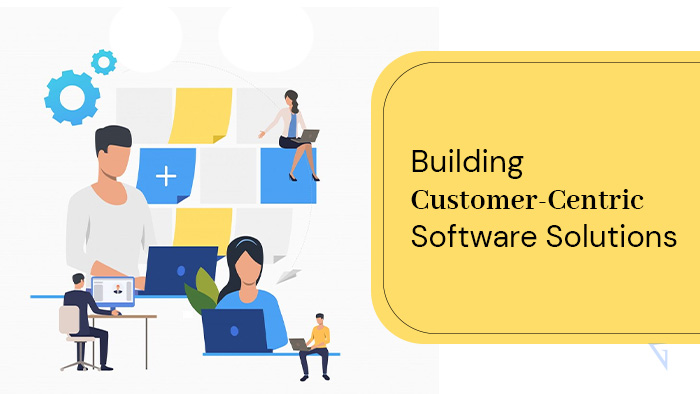
Best Practices for Collaboration and Communication in Software Development Teams
Understanding the Basics of Software Development Team Collaboration Creating a successful software development team requires collaboration and communication between members. To ensure that the team is working together effectively and meeting objectives, it’s important to understand the basics of software development team collaboration. The first step in building a successful software development team is to ensure all members understand the goals and objectives of the project. This helps to provide focus and clarity, and allows for different roles and responsibilities to be delegated with ease. Clear expectations should also be set for communication among the team, as this will enable everyone to receive the same information in a consistent manner. Technology and tools also play an important role in software development team collaboration. Investing in the right technology and tools will help to ensure that communication flows smoothly within the team, and that they have the right tools and resources to get the job done. It’s also important to find a balance between freedom and



